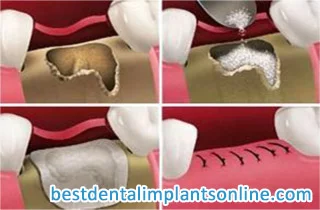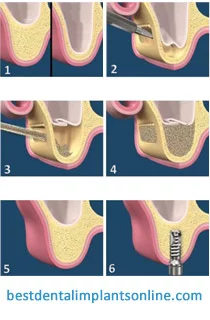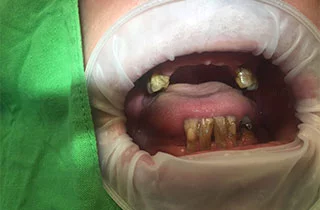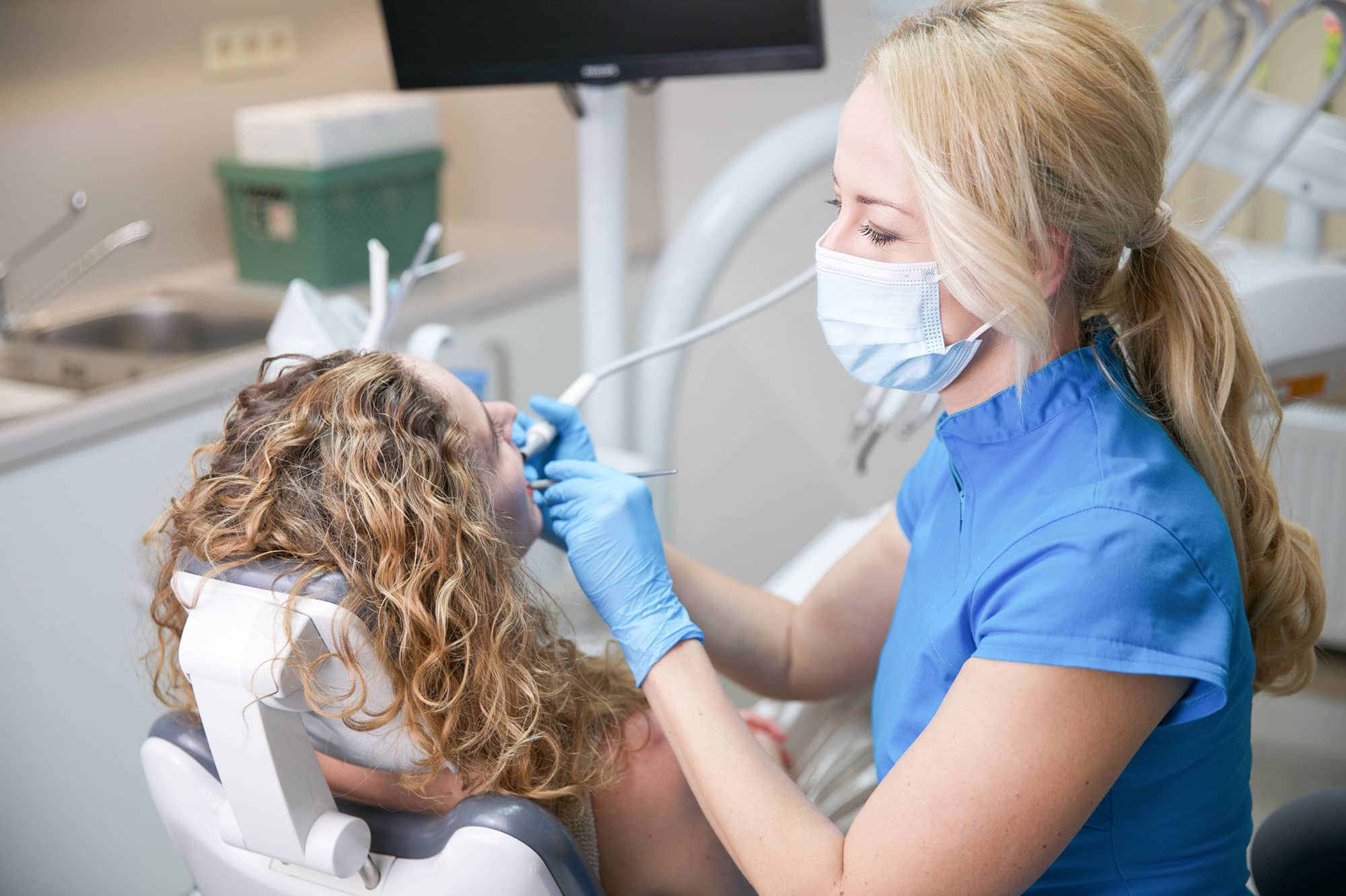Dental implants have become the gold standard for replacing missing teeth, offering a durable, natural-looking solution. However, not everyone is immediately ready for an implant—one crucial factor is bone density. In many cases, patients may require a bone graft before the implant can be placed. But is a bone graft always necessary?

The main points of our article are the following:
- What is a bone graft for dental implants?
- Procedure of a bone graft for dental implant
- Does everyone need a bone graft?
What is a bone graft for dental implants?
A bone graft for dental implants is a surgical procedure that adds bone material to the jaw to create a stable foundation for an implant. When a tooth is lost, the jawbone in that area can shrink over time due to lack of stimulation. If there isn’t enough bone to support an implant, a graft may be necessary to rebuild the bone structure.
Types of bone grafts for dental implants
Autograft: Bone taken from the patient’s own body (e.g., chin, hip, or another part of the jaw). Allograft: Bone from a human donor, usually sourced from a tissue bank. Xenograft: Bone from an animal source, commonly bovine (cow). Alloplast: Synthetic bone graft material made from biocompatible substances.
Procedure of a bone graft for dental implant
 Before starting the dental treatment, the dentist carries out a radiological and/or a digital volume tomography for assessment. This is a special digital x-ray imaging method for examining the bone in the upper and lower jaw as well as the teeth. As a result of the examinations, the doctor can determine whether the patient needs dental bone grafting. If yes, the dentist can also establish how much additional bone volume is necessary. After this assessment, the dental bone grafting in the upper jaw can begin.
Before starting the dental treatment, the dentist carries out a radiological and/or a digital volume tomography for assessment. This is a special digital x-ray imaging method for examining the bone in the upper and lower jaw as well as the teeth. As a result of the examinations, the doctor can determine whether the patient needs dental bone grafting. If yes, the dentist can also establish how much additional bone volume is necessary. After this assessment, the dental bone grafting in the upper jaw can begin.
- The first step is the anesthesia. Then the doctor opens the gingival so that he could access the bone. Following this, he intersects a small “window” in the bone.
- The second step is the operation itself. The accumulated material must be removed to create a free space for the bone graft material to fill.
- As the final step, the dentist uses an artificial membrane, which helps the process of the wound healing. Then the gum where the dental bone grafting took place is sewed together.
- A healing period follows the surgery. After recovery, the patient and the dentist meet again for a consultation. In this way, the dentist can carry out the implantation. bone graft for dental implant aftercare
Can a dentist perform bone grafting and implant placement at the same time?
Yes, in some cases, a dentist or oral surgeon can perform bone grafting and implant placement at the same time. However, this depends on the extent of dental bone loss and the type of grafting needed.
When can bone grafting and implant placement be done together?
Simultaneous bone grafting and implant placement is possible if the jawbone has adequate primary stability (enough structure) to securely hold the implant during healing; the graft can help strengthen it. Generally, 4-5 mm of bone is needed to be under the sinus. A small graft can also be placed immediately next to the implant when a tooth is extracted to prevent bone loss.
When is a bone graft first needed?

In cases of severe bone loss, a graft should be placed first and allowed to heal for several months (usually 3-6 months) before an implant is placed. This is done when:
- The jawbone is too thin or weak to support the implant.
- Large bone defects occur due to gum disease, injury, or long-term tooth loss.
- The patient needs a major graft, such as a sinus lift.
What percentage of dental implants need a bone graft?
Approximately 50% of dental implant patients require a bone graft before implant placement. The need for a bone graft depends on several factors, including:
How long the tooth has been missing: Bone loss begins soon after tooth loss, and the longer a tooth is missing, the greater the chance a graft is needed. Jawbone density: Patients with naturally thin or weak jawbones may require a graft for added support. Location of the implant: The upper jaw, especially near the sinuses, often requires bone grafting due to insufficient bone height. Gum disease history: Periodontal disease can lead to significant bone loss, making a graft necessary before implantation. Trauma or infection: Previous injuries or infections that damaged the jawbone may require grafting to restore bone structure.
Does everyone need a bone graft?
Not necessarily. If a patient has sufficient bone volume and density, they may not need a graft at all.
How painful is bone grafting for dental implants?
Bone grafting for dental implants is generally not very painful, as the procedure is performed under local anesthesia, sedation, or general anesthesia, depending on the complexity. Most patients experience mild to moderate discomfort rather than severe pain.
Read more about the dental bone grafting cost

